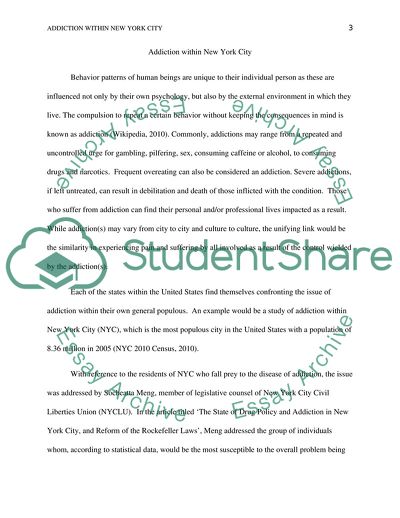Cite this document
(Addictions in New York City Research Paper Example | Topics and Well Written Essays - 1000 words, n.d.)
Addictions in New York City Research Paper Example | Topics and Well Written Essays - 1000 words. https://studentshare.org/medical-science/1737131-analysis-of-the-addiction-within-new-york-city
Addictions in New York City Research Paper Example | Topics and Well Written Essays - 1000 words. https://studentshare.org/medical-science/1737131-analysis-of-the-addiction-within-new-york-city
(Addictions in New York City Research Paper Example | Topics and Well Written Essays - 1000 Words)
Addictions in New York City Research Paper Example | Topics and Well Written Essays - 1000 Words. https://studentshare.org/medical-science/1737131-analysis-of-the-addiction-within-new-york-city.
Addictions in New York City Research Paper Example | Topics and Well Written Essays - 1000 Words. https://studentshare.org/medical-science/1737131-analysis-of-the-addiction-within-new-york-city.
“Addictions in New York City Research Paper Example | Topics and Well Written Essays - 1000 Words”. https://studentshare.org/medical-science/1737131-analysis-of-the-addiction-within-new-york-city.


